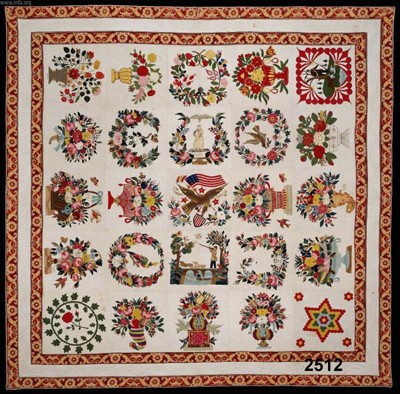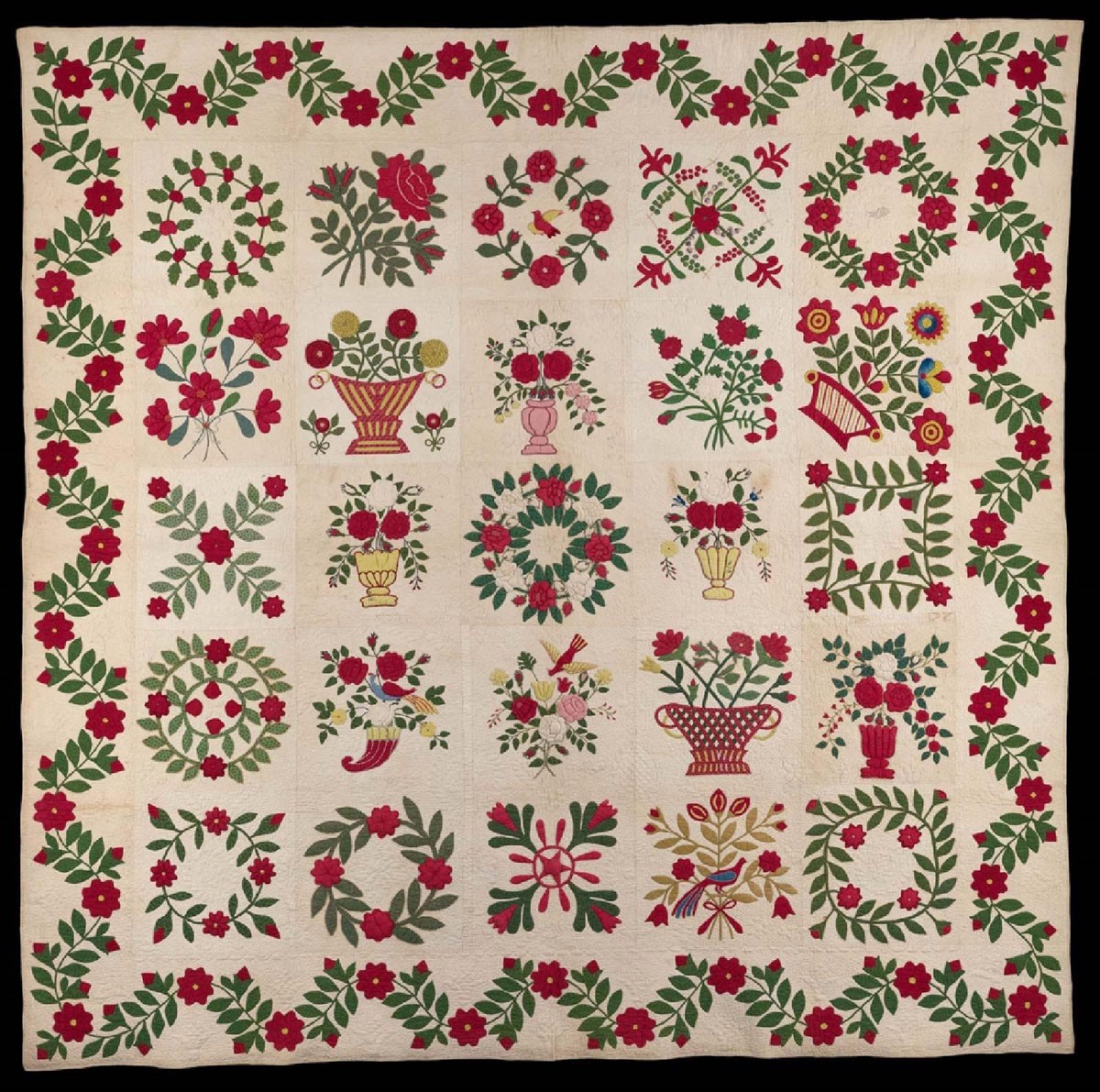
The five stolen Baltimore Album Quilts in the last blog article were likely not recovered, since there was no subsequent article about a thief being arrested or the quilts being found. (To read previous articles on BAQS, use this link.) What did the thief do with the quilts? Perhaps what many thieves do to get cash from their ill-gotten gains…they sold to a pawnbroker. A Baltimore Sun January 19, 1848 article notes that “Jane Brown, indicted for the larceny of a quilt, the property of Levi Benjamin.” Jane Brown entered Mr. Benjamin’s store, stashed the quilt under her shawl and walked out. On being pursued the quilt was still found on her and consequently she was found guilty and served two years in the penitentiary. The quilt was not described, but it had to have been...





